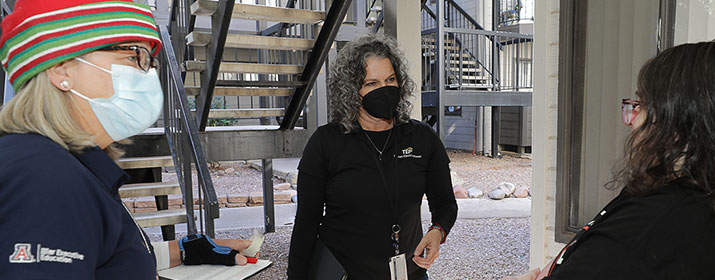
TEP has provided top-tier service to customers over the last 10 years, ranking among the most reliable electric service providers in the country.
Since 2012, we have consistently achieved top-quartile reliability scores when compared to other energy providers. Industry rankings are based on the System Average Interruption Duration Index (SAIDI), a metric that represents the average length of time a customer is without service due to weather, maintenance, equipment failure and other factors.
Over the last decade, the average TEP customer was without service for about an hour each year – about 14 minutes less than the average score for utilities in the top quartile. TEP maintained favorable reliability scores in recent years despite record-setting heat waves, the pandemic and other challenges. TEP posted a SAIDI score of less than 74 minutes in 2021 – about two and a half minutes less than the average first quartile score.
“Maintaining safe, reliable service requires continual effort and a commitment to our community,” said Terry Nay, TEP’s Vice President of Field Operations. “These strong reliability statistics represent the hard work and dedication of employees throughout our company who work around the clock to provide the best service possible to customers.”
Since 2018, TEP has invested nearly $1.8 billion and thousands of hours to maintain and improve our local energy grid, following rigorous maintenance practices that ensures reliability for current and future customers.
Continual maintenance and key prevention programs helped us achieve high reliability in recent years. TEP uses several methods to assess needed improvements and upgrades for our local energy grid, including ground patrols and aerial inspections of our transmission systems, monitoring of substation equipment and critical analysis of our distribution circuits.
“We’ve built a resilient, reliable system that’s better equipped to serve our customers day and night. Although we’re proud of the work we’ve done for our customers, we’ll continue to look for ways to improve efficiencies while strengthening our local energy grid,” Nay said.





